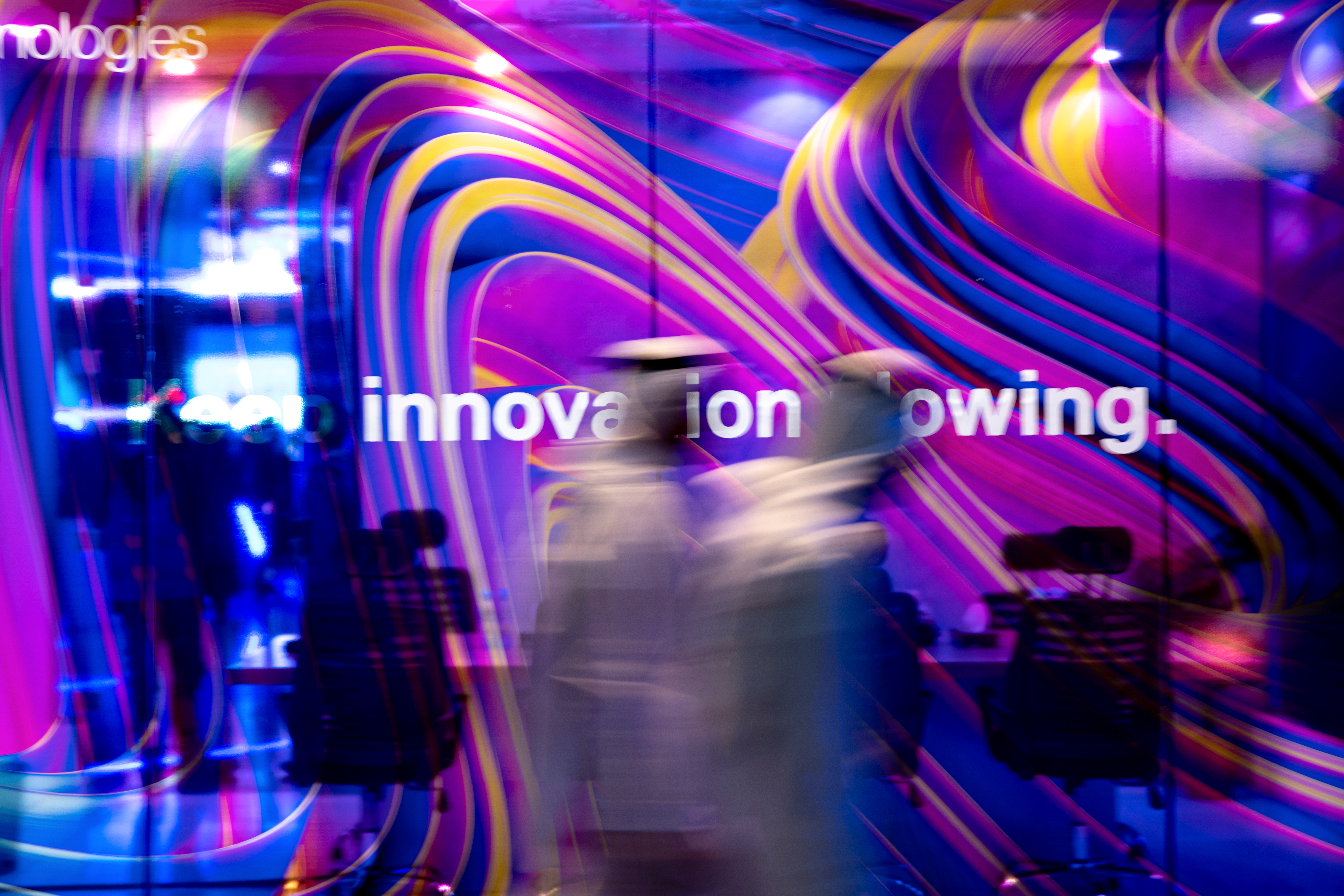
In today’s fast-paced world, innovation is no longer a luxury it is a necessity. To embed it into daily work culture, adopting a growth mindset is essential. Popularized by psychologist Carol Dweck, this mindset is the belief that abilities and intelligence can be developed through effort and dedication. Unlike a fixed mindset, which views abilities as static, the growth mindset equips organizations to tackle challenges, embrace learning, and foster creativity.
Why a Growth Mindset Matters
A growth mindset transforms how employees perceive challenges, failures, and successes. When team members believe in their capacity to grow and adapt, they become more open to taking on risks, seeking feedback, and striving for improvement. This shift not only boosts individual performance but also fuels innovation.
Take Microsoft as an example. Under CEO Satya Nadella, the company transitioned from a fixed mindset culture to one that embraced growth. By emphasizing curiosity and learning from failures, Microsoft was able to foster breakthroughs like its cloud computing service, Azure. This cultural transformation illustrates how a growth mindset can drive impactful innovation at an organizational level.
Strategies to Build a Culture of Innovation
1. Leadership and Mindset
Innovation starts at the top. Leaders must set the tone by modeling curiosity, encouraging experimentation, and celebrating both successes and failures. A few steps include:
Adobe’s “Check-In” system exemplifies this principle. By replacing rigid performance reviews with ongoing, open conversations about growth, they fostered a dynamic, supportive workplace that fuels innovation.
2. Providing Resources for Innovation
For innovation to thrive, employees must have access to the necessary resources, including time, funding, and training. Without these foundational elements, even the most creative ideas can struggle to take shape. Leaders should prioritize empowering their teams by:
Give this exercise a try. We posted it on our site earlier
3. Rituals and Practices to Foster Innovation
To embed innovation into your organizational culture, create structured opportunities that inspire creativity and experimentation. These include:
One noteworthy example is Google’s "20% time" policy, which allows employees to dedicate a portion of their work hours to passion projects that they believe could benefit the company. This initiative gave rise to innovative products like Gmail and Google News. Similarly, companies that institutionalize experimentation are more likely to develop groundbreaking products and services.
The key takeaway is that innovation thrives when employees feel empowered to take risks and are provided with platforms to turn their ideas into reality.
4. Recognition and Motivation
Innovation thrives when efforts are acknowledged. Cultivate a culture of appreciation by:
5. Embrace Mental Breaks
Innovation requires a clear and refreshed mind. Encourage your team to take breaks and recharge. Mental downtime is not a luxury it is vital for sustained creativity and productivity. When employees return re-energized, they are better equipped to generate fresh ideas and tackle challenges.
The Ongoing Journey of Innovation
Building a culture of innovation is not a one-time effort; it is a continuous process that requires commitment from both leaders and team members. By fostering creativity, collaboration, and a growth mindset, organizations can cultivate a resilient and forward-thinking culture that thrives in today’s competitive landscape.
Link to an insightful additional article